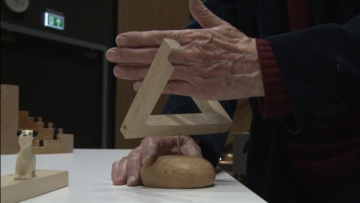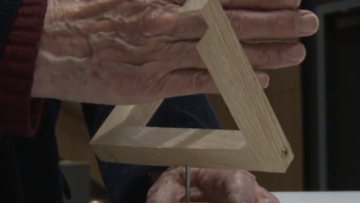15:00
Cryptographic Algorithms Used in Trusted Platform Modules
Abstract
Trusted Platform Modules (TPMs) are currently used in large numbers of computers. In this talk, I will discuss the cryptographic algorithms supported by the current version of the Trusted Platform Modules (Version 1.2) and also those due to be included in the new version (Version 2.0). After briefly introducing the history of TPMs, and the difference between these two generations TPMs, I will focus on the challenges faced in developing Direct Anonymous Attestation (DAA) an algorithmic scheme designed to preserve privacy and included in TPMs.




